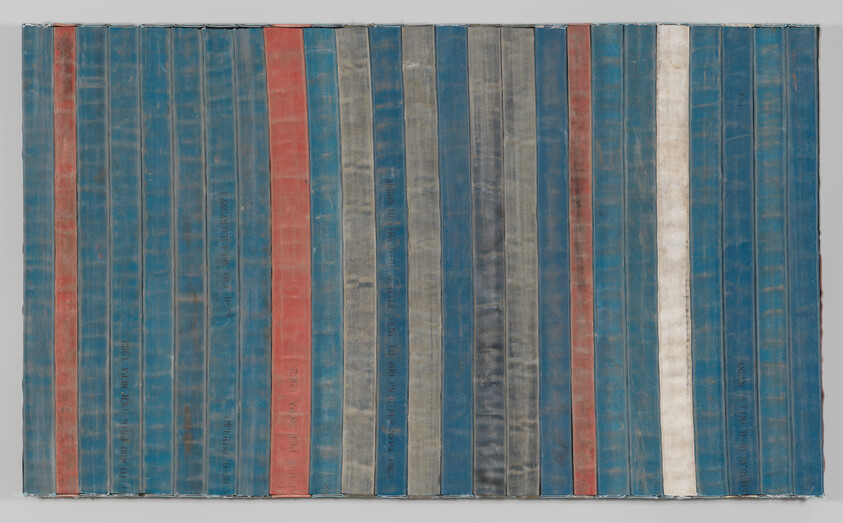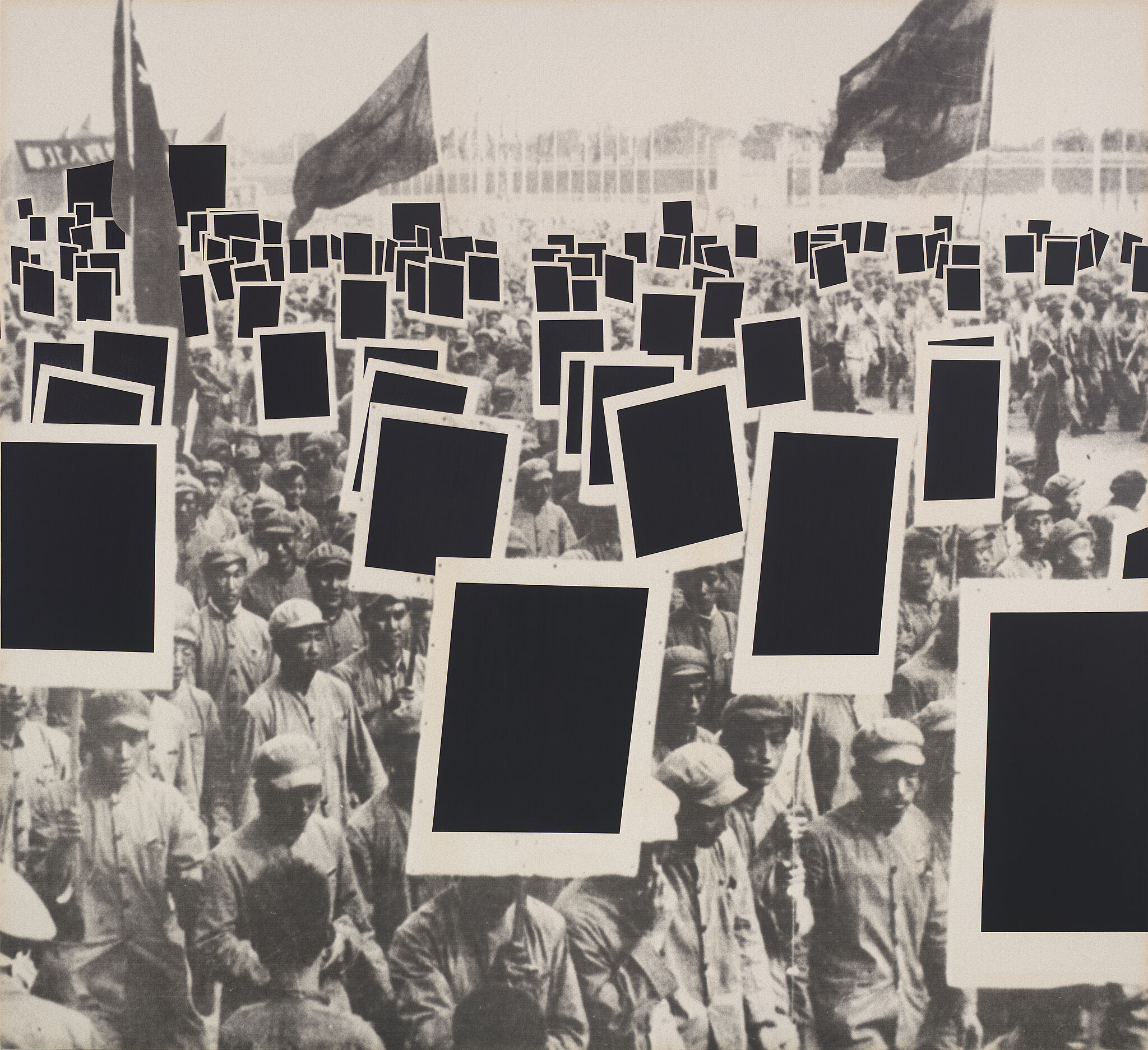Theaster Gates, Minority Majority | Video in American Sign Language
Feb 21, 2018
Educator Lauren Ridloff discusses a work by Theaster Gates in the exhibition An Incomplete History of Protest: Selections from the Whitney’s Collection, 1940–2017.
Behind me you see a piece of abstract art. It is made from regular fabric that is visibly worn from being used. Soft blues, pinks and beiges. And if you look closely, you can see print that is faded. This piece was created by artist Theaster Gates. He collected the materials from his hometown in Chicago. He uses decommissioned fire hoses as his material. He uses them as a reference to several moments in history. Gates references that abstract art failed to engage with the civil rights movement. Because abstract art wasn’t engaging with the movement, he made a point to do so. He uses fire hoses because they were a tool to control Black people during protests.
For example, 1963 in Birmingham, Alabama, a group of Black people and children gathered for a peaceful march. But the commissioner of public safety, Eugene Connor, ordered the police to use fire hoses to spray the crowd with water in order to break up the march and force the demonstrators into submission. That event put a spotlight on civil rights. President John F. Kennedy condemned the police. Gates thought that event created a major shift in civil rights history.
The hoses are also a reference to another event that happened in Birmingham in 1963. The bombing of the Sixteenth Street Church. A group of Klu Klux Klan members threw fifteen sticks of dynamite in the church basement. It exploded in the morning while children were present. Four young girls died. Gates’s intention is to mix abstract pieces with material we are familiar with in an attempt to reference a specific time of struggle. He is challenging the viewer to really think. People who were struggling to fight for their rights—was that part of progress, or part of an ongoing struggle that continues today?


